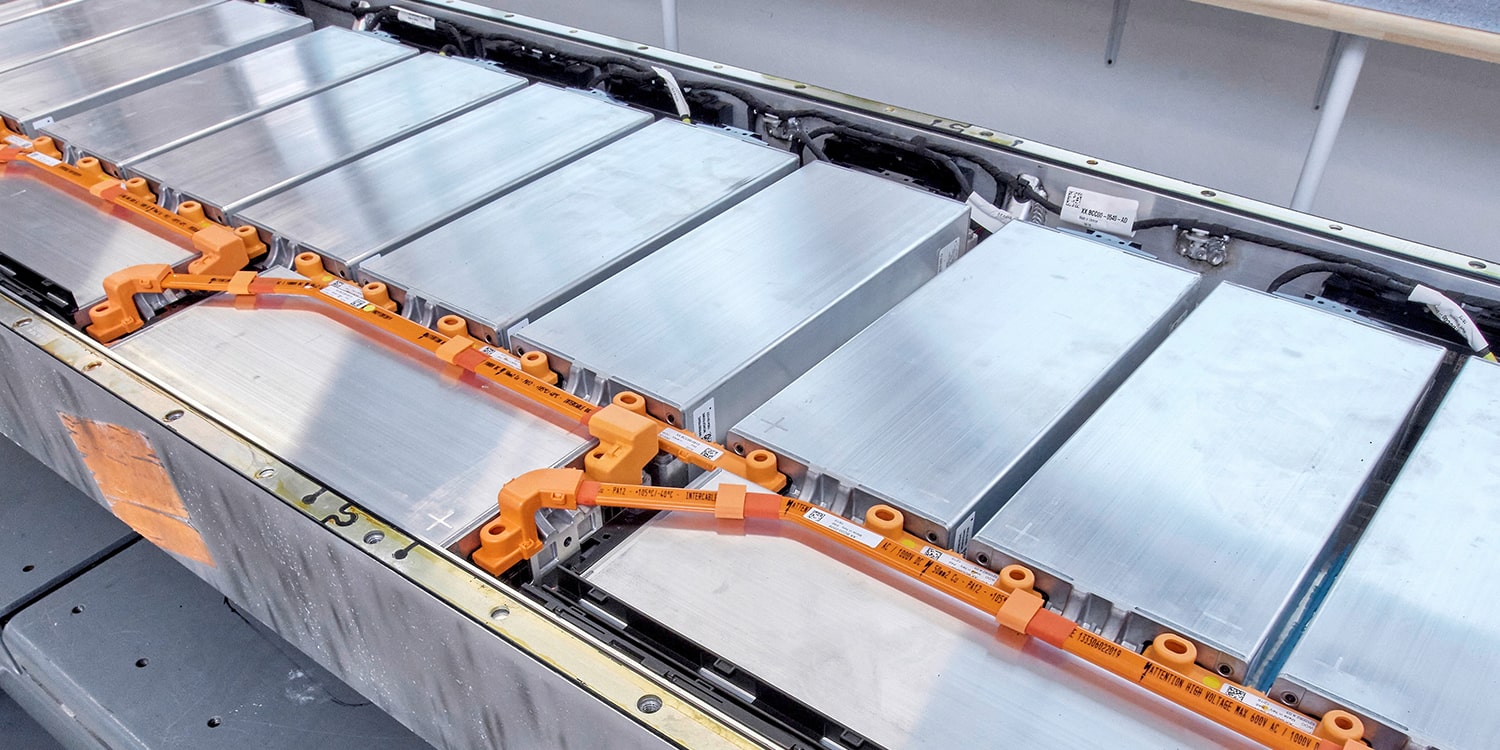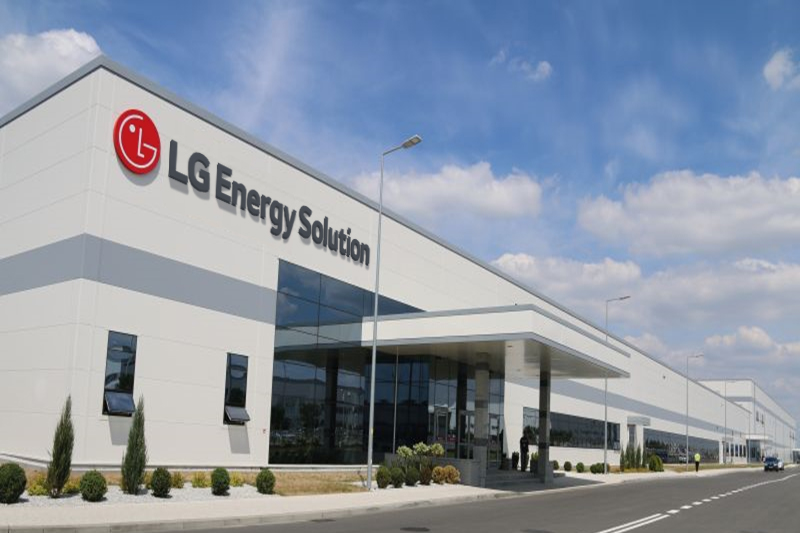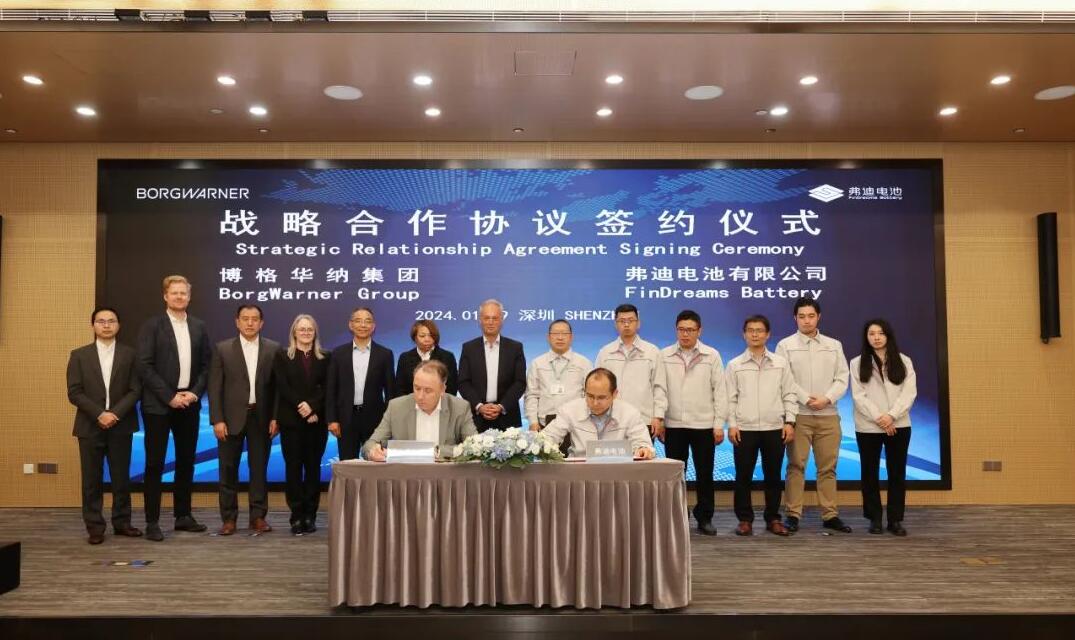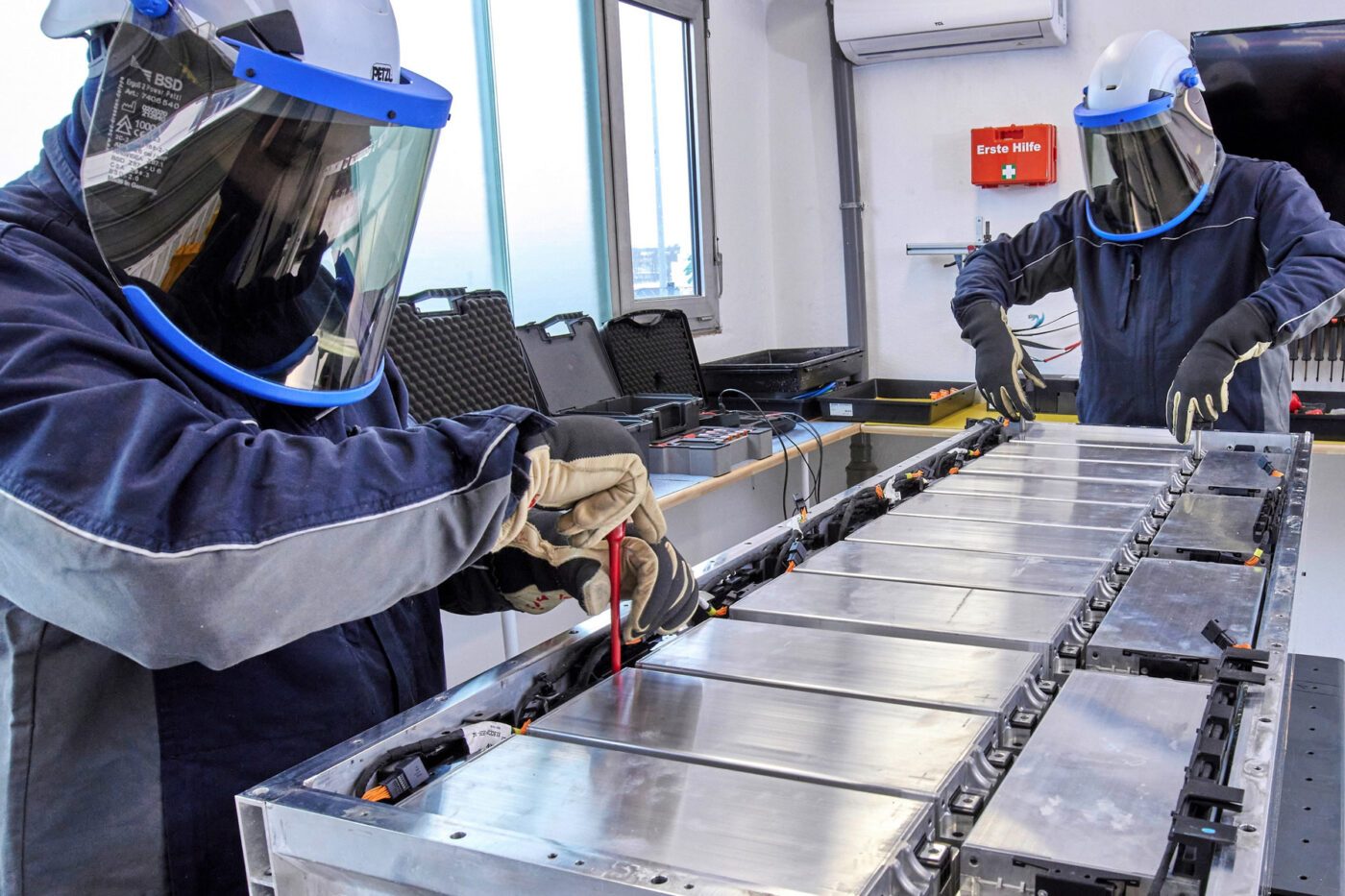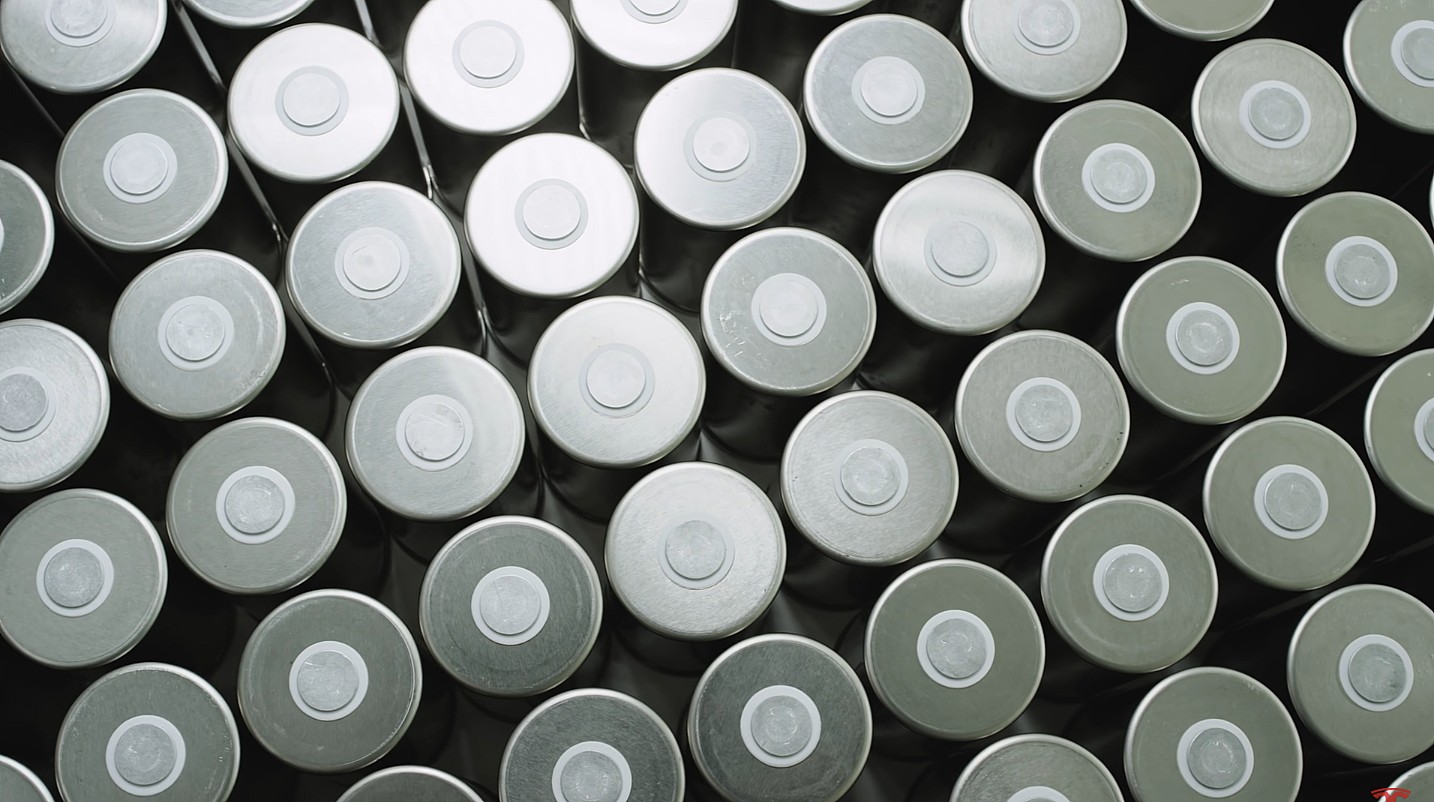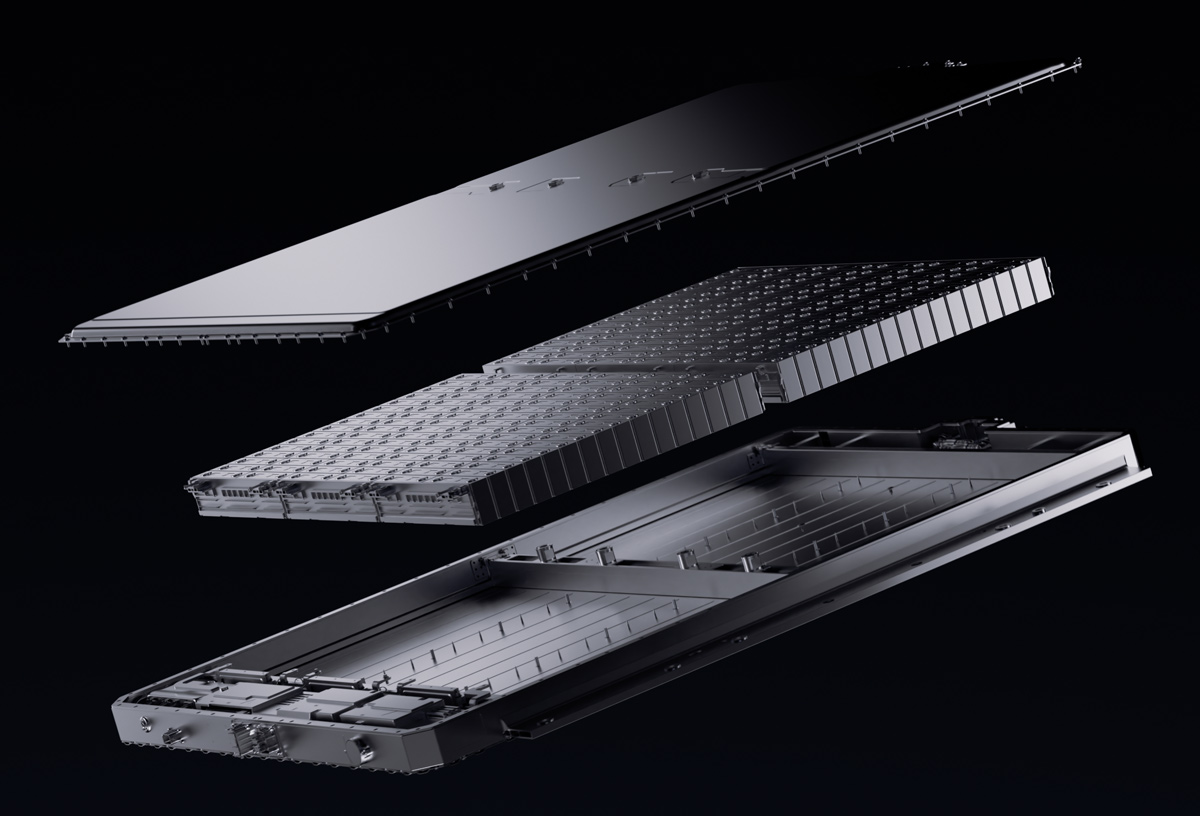The quest for more efficient electric vehicle (EV) batteries has led researchers to explore lithium metal batteries, known for their high energy density. Stanford University’s Precourt Institute for Energy recently made a breakthrough discovery: degraded capacity in lithium metal batteries can potentially be restored—a finding that could revolutionize the EV industry.
Unlike traditional lithium-ion batteries, which use graphite anodes, lithium metal batteries employ electroplated lithium anodes. This change significantly increases charge-storage capacity, potentially doubling an EV’s range to 600 miles per charge. However, lithium metal batteries degrade more rapidly, leading to capacity loss over time.
The degradation occurs as electroplated lithium becomes detached from the anode, forming dendrites that trap lithium and reduce the battery’s charge capacity. Previously, this process was considered irreversible, leading to diminished battery life.
Stanford’s research demonstrates that by leaving a discharged lithium metal battery for several hours, the solid electrolyte interface (SEI) matrix, which traps detached lithium, can dissolve back into the electrolyte. This process frees the trapped lithium, allowing it to reattach to the anode during charging and restore the battery’s capacity. The research showed that “revived” cells had a 98.2 percent coloumbic efficiency compared to 96.9 percent in control cells, indicating improved energy retention.
See also: University of Edinburgh Researchers Explore Bioengineered Bacteria for EV Battery Recycling
Dr. Yi Cui, director of the Precourt Institute for Energy, noted that while mainstream adoption of lithium metal batteries is still in the future, further research, including testing with full-fledged battery packs in EVs, is needed. Real-world data will be crucial to bringing these batteries to market.
Future owners of lithium metal EVs may need to adjust their charging habits, possibly discharging the battery to zero periodically to enhance longevity. While these changes may require adaptation, they could lead to significantly longer-lasting batteries, benefiting both consumers and the environment.

